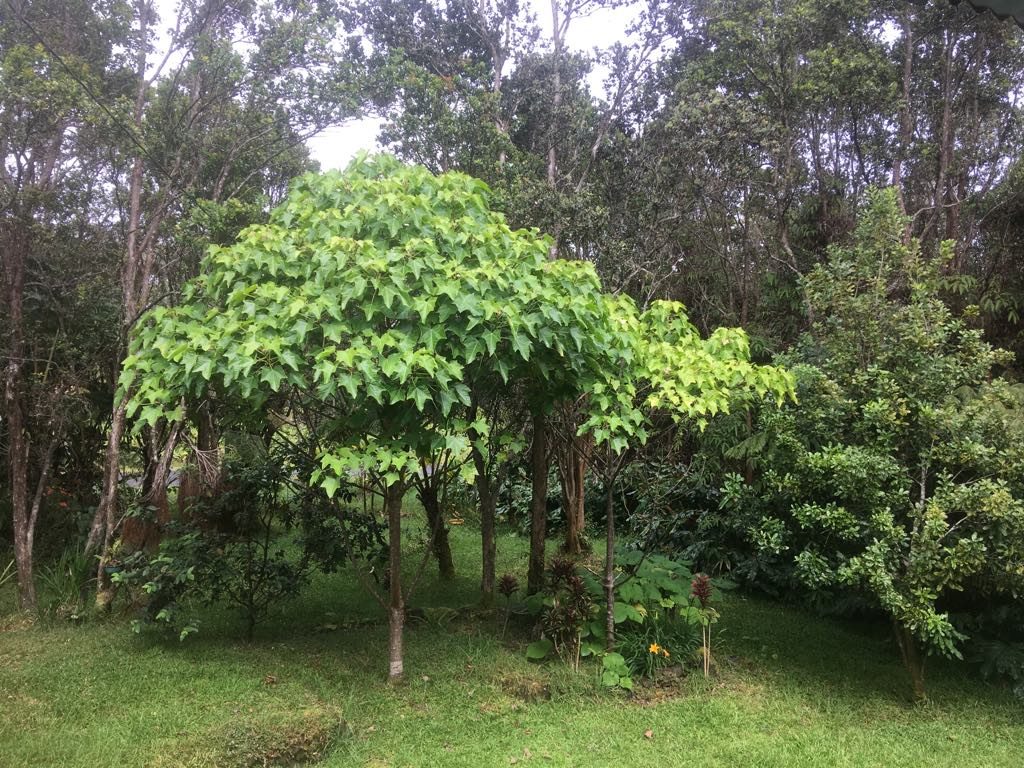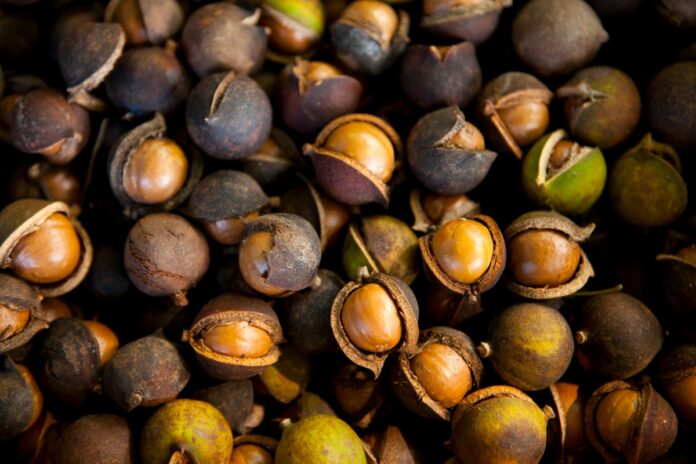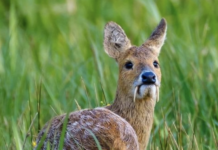The “kukui Nut”, also known as the candlenut tree in other parts of the world, was designated as the officially recognized tree of Hawaii in 1959 in recognition of its numerous purposes and cultural relevance. Such trees weren’t indigenous to the islands; instead, they were one of the numerous Polynesian imports. The tree’s usage as a fuel source serves as its most well-known function and the origin of its generic term. It can also be used as an ointment, tattooing ink, and a migraine poultice, among many other things.
History of Hawaii’s Kukui Nut Tree:-
The kukui nut tree, often known as the kukui tree, is the official Hawaii state tree. It goes by the name “candlenut tree” in other places. The kukui nut tree in Hawaii is one of the numerous species referred to as “canoe plants” by scholars. That’s because when the Pacific islanders first arrived in Hawaii, they carried these seeds in their canoes. Hawaii’s kukui nut trees have broad, light-green leaves. It has a maximum height of 80 feet. Additionally, it often grows high and broad into a distinctive egg-shaped tree top.
Read More – How To Hang Pothos Plant?
Distribution
It is challenging to determine the candlenut tree’s initial geographic range because people transported it all around the Pacific Ocean. The tree is extensively used in Japan, Polynesia, and Indonesia.
The Kukui Nut Tree’s Uses:-
The kukui tree nuts have played a significant role in Hawaii’s indigenous traditions and culture. The nut was quite helpful. The Hawaiians used nuts’ oil to coat fishing nets or light candle pods. The vibrantly colored nuts’ outer shells were used as an organic tattoo dye. Kukui nut oil was also applied topically by Hawaiians to treat injuries, burns, dehydrated skin, and muscle soreness.
Are candlenut seeds edible?
Eating candlenut tree seeds in their raw state is not advised. The oil is irritating, and the seeds possess sedative effects. Nevertheless, the seeds are utilized for making a thick sauce served with veggies and rice in Indonesian and Malaysian cuisine.
Lighting by consuming candlenut seeds!
The kukui tree nuts, which have a very high amount of oil, give them the moniker “candlenut.” It’s already high enough to light a nut, which you can use to create light. In prehistoric Hawaii, the nuts were lit and burned one at a time while strung all along the midrib of such a coconut palm frond. Hawaiians used the time it takes for one nut to burn—roughly 15 minutes—to determine the passing of time. For example, one could direct someone to return once the second nut burns out.

CONCLUSION
In conclusion, the article has attempted to give you information about “Kukui Nut”. I hope the language in this post is clear and understandable regarding the Hawaii state tree.
FREQUENTLY ASKED QUESTIONS
Q1) What is the use of the kukui nut tree?
Ans- The kukui tree served various non-medical purposes for the native Hawaiians, including lighting (oil), canoe construction, numerous colors, polish, paints, varnishes, cuisine and condiments, jewelry, and entertainment.
Q2)Is the kukui nut tree poisonous?
Ans- Although the kukui tree is poisonous in its components, the Hawaiians completely comprehended that poison also contains medicine.
Q3) where does kukui grow?
Ans- Although it may grow in various dry to wet tropical and sub-tropical habitats, it thrives best in those with an average annual precipitation of 2000 mm.
Q4) Can you eat kukui nuts?
Ans- You will be delighted to know that perhaps the Kukui Nut is consumable once prepared because we only utilize components that are good for you and your body.

















